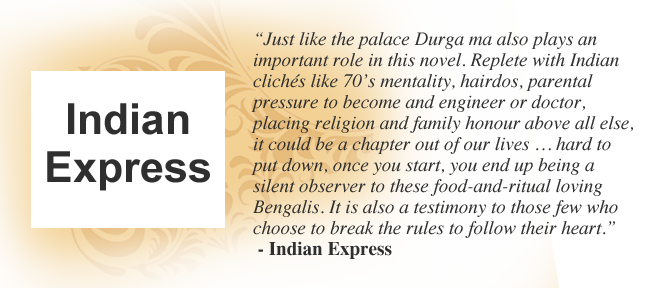
by Robert Hurley (London: Penguin, 1998).ĭavid Halperin, “Is There a History of Sexuality?” History and Theory, 28, 3 (1989), 257–274 (p. Michel Foucault, The History of Sexuality Volume One: The Will to Knowledge, trans. John De Cecco and John Elia, “Introduction,” Journal of Homosexuality, 24, 3/4 (1993), 1–26 (p. Gayatri Gopinath, Impossible Desires: Queer Diasporas and South Asian Public Cultures (Durham: Duke University Press, 2005).

by Walter Jost and Wendy Olmsted (Oxford: Blackwell, 2004), pp. Walter Jost and Wendy Olmsted, “Introduction,” in A Companion to Rhetoric and Rhetorical Criticism, ed. by Jacqueline Levitin, Judith Plessis, and Valerie Raoul (Vancouver: UBC Press, 2002), pp.

Jacqueline Levitin, “An Introduction to Deepa Mehta,” in Women Filmmakers: Refocusing, ed. by Ruth Vanita (London: Routledge, 2002), pp. Geeta Patel, “On Fire: Sexuality and Its Incitements,” in Queering India, ed. Hoshang Merchant, Forbidden Sex, Forbidden Texts: New India’s Gay Poets (London: Routledge, 2009), p. This process is experimental and the keywords may be updated as the learning algorithm improves.Ībha Dawesar, Babyji (New Delhi: Penguin, 2005), p. These keywords were added by machine and not by the authors.

The rights of men who love men and women who love women should not be conflated with “Western modernity,” because open accounts of same-sex desire existed prior to India’s incorporation into the British Empire, which imported both the psychosexual definition of homosexuality and virulent homophobia. The present work argues that this trajectory, often carelessly read as “development” in the wake of Euro-American liberalism, is far more complex and uneven than it might first appear.

These ongoing sexuality debates, while demonstrating different degrees of tolerance or aversion, have partly been fueled by representations of “gays” and “lesbians” 2 in Indian literature and film, and the airing of numerous controversies has in turn facilitated the discursive proliferation of “homosexuality” across all Indian media. Her location of these unspoken sexual practices in the past gestures wryly toward the altered attitudes that permitted a sexually explicit, “lesbian” work like Babyji to be published and disseminated in India: by 2005, the year of the novel’s emergence, the same-sex relationships which “no one ever talked about” had entered public discussion. Here, at the beginning of the narrative, this phenomenon of “married women” falling “in love with pubescent girls,” a transgression that Dawesar implicitly ranks alongside extramarital and student–teacher sex, is not uncommon but merely unmentioned. Set in 1980s New Delhi, Abha Dewasar’s Babyji explores the sexual and romantic relationships between Anamika, the novel’s adolescent protagonist, and three other women.


 0 kommentar(er)
0 kommentar(er)
